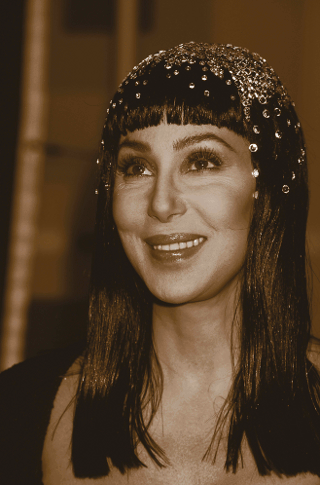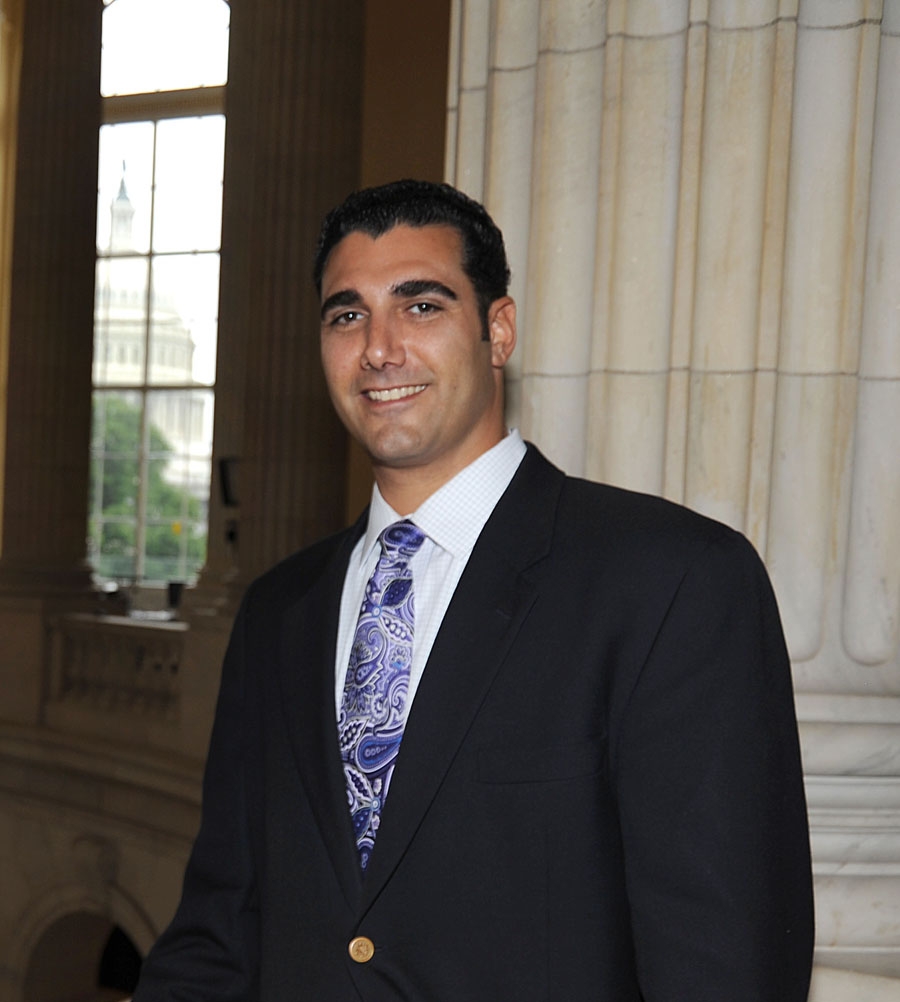Armenian American
Armenian Americans (Armenian Ամերիկահայեր - pronounced Amerikahayer on Eastern Armenian, and Amerigahayer on Westarmenisch ) are Americans of Armenian descent. They are mostly from the areas of present-day Turkey and form the second largest congregation of the Armenian Diaspora Armenians in Russia. Many are survivors of the genocide of the Armenians in the Ottoman Empire.
Immigration and number
The first major wave of Armenian immigration to the United States took place in the late nineteenth century and early twentieth century, when Armenians in Western Armenia ( part of the Ottoman Empire) before the Hamidianischen massacres ( 1894-1896 ) and the massacres of Adana in 1909 fled. By the deportations during the much bloodier the Armenian genocide (1915-1923) came to a larger wave of surviving refugees, deportees and displaced persons. Since the 1950s, Armenians immigrated from the Middle Eastern nations such as Turkey, Iran and Lebanon - as a result of instability in these countries. Since the late 1980s, immigrants also can be to find from Soviet Armenia. And since the independence of the Republic of Armenia by the Soviet Union in 1991 and the subsequent war with neighboring Azerbaijan over Nagorno Karabakh fled additional Armenian citizens in the United States.
The American Community Survey of 2011 estimated that 483 366 (0.15 %) Americans wholly or partly of Armenian descent. Various organizations and the media criticize this figure as underestimated, and suggest instead that a number 800000-1500000 (0.5%) Armenian Americans. The highest concentration of Americans of Armenian origin is located in the region of Greater Los Angeles, where 2000 166.498 people self-identified according to the U.S. Census as Armenians, whereby they comprised about 40 percent of the 385,488 people of Armenian descent in the United States. Glendale, a suburb of Los Angeles is widely regarded as the center of Armenian- American life.
Religion
The majority of Armenians are followers of the Armenian Apostolic Church, the oldest state church in the world, the Armenian Americans are no exception, with 80 percent also most Armenian Americans are followers of the Armenian Apostolic Church, the largest Eastern Orthodox Church in the United states. It has over 90 church buildings throughout the country. 10 percent are Protestants (especially Armenian Protestant) and 3 percent are followers of the Armenian Catholic Church.
Language and assimilation
The Armenian- American community is one of the most politically influential communities in the Armenian diaspora. Organizations such as the Armenian National Committee of America (ANCA ) and the Armenian Assembly of America to fight for the recognition of the Armenian genocide by the Government of the United States and encouraging closer ties between the U.S. and Armenia. The Armenian General Charity Union ( AGBU ) is known for its financial support and promotion of Armenian culture and language schools in the United States.
The Armenian language (especially the Western Armenian dialect, but also Eastern Armenian ) is also spoken in the United States, especially in California, where settled especially many Armenian immigrants and long-established Armenian communities have emerged. But nearly all also speak American English perfectly. In 2000, of the 385,488 ethnic Armenians in the census, however, only 202 708 ( 52.6 %) of them Armenian at home as spoken language.
Throughout the Diaspora through the Armenians have developed a way of rapid acculturation and slow assimilation. Armenians fit often quickly reach their society, learning the local language, visited the school and took over the political and economic life. Meanwhile, they are also simultaneously resistant to assimilation in itself, by maintaining their own schools, churches, associations, language, and networks of endogamous marriage and friendship. Sociologist Anny Bakalian observed that move over generations, the U.S. Armenians from a central self-image " Armenians be " towards a superficial " perceive themselves as Armenians ." They express nostalgic pride in their origins, while at the same time behave as full-fledged Americans.
Today, the U.S. Armenian community is held together by a network of Armenian groups, including about 170 church congregations, 33 day schools, 20 national newspapers, 36 radio or television programs, 58 student teaching programs and 26 professional associations. The anthropologist Margaret Mead estimates that have over the centuries Diaspora Armenians ( and Jews ) developed a close-knit family structure, which is to act as a bulwark against assimilation and extinction of the Armenian culture.
Well-known Armenian Americans
- Rouben Mamoulian
- Arshile Gorky
- William Saroyan
- Ross Bagdasarian
- Paul Robert Ignatius
- Jack Kevorkian
- George Deukmejian
- Alex Manoogian
- Cher ( born Cherilyn Sarkisian as )
- Monte Melkonian
- James Philip Bagian
- Vartan Gregorian
- Andre Agassi
- Raffi Hovannisian
- Serj Tankian
- Kim Kashkashian
Swell
- Rouben Paul Adalian: Historical dictionary of Armenia. Scarecrow Press, Lanham, Maryland, 2010, ISBN 978-0-8108-6096-4.
- Arra S. Avakian: The Armenians in America. Lerner Publications, Minneapolis 1977, ISBN 0-8225-0228-3.
- Hovhannes Ayvazyan: Հայ Սփյուռք հանրագիտարան (Armenian ), 1 Armenian Encyclopedia publishing, Yerevan 2003, ISBN 5-89700-020-4.
- Anny Bakalian: Armenian Americans: From Being to Feeling Armenian. Transaction Publishers, New Brunswick, New Jersey 1993, ISBN 1-56000-025-2.
- M. Vartan Malcom: The Armenians in America. Pilgrim Press, Boston 1919, ISBN 1-112-12699-6.
- Georges Sabagh, Mehdi Bozorgmehr, Claudia Der- Martirosian Subethnicity: Armenians in Los Angeles. Institute for Social Science Research, University of California Los Angeles, 1990.
- Artineh Samkian: Constructing Identities, Perceiving Lives: Armenian High School Students' Perceptions of Identity and Education. ProQuest, 2007 ISBN 978-0-549-48257-4.










